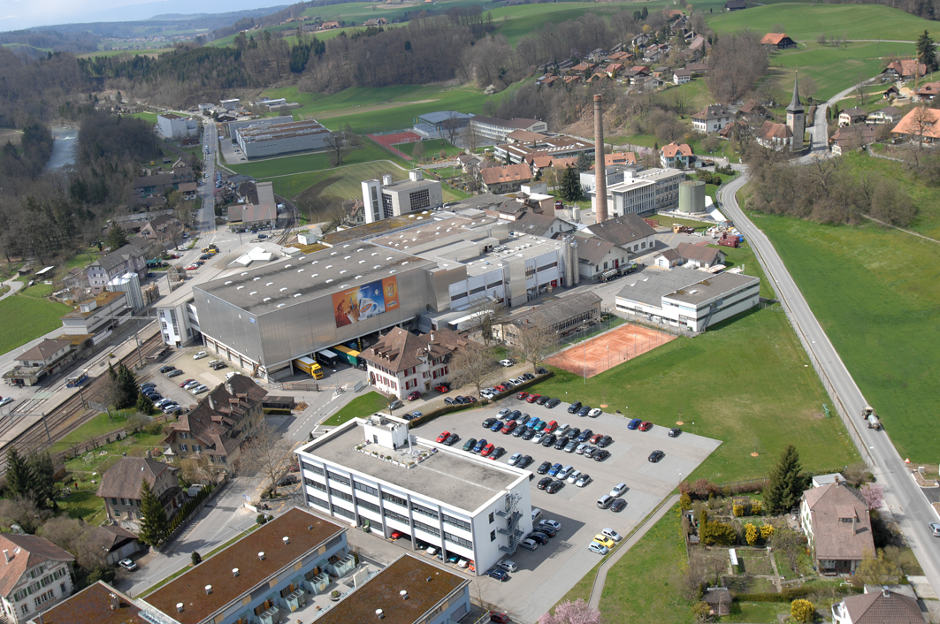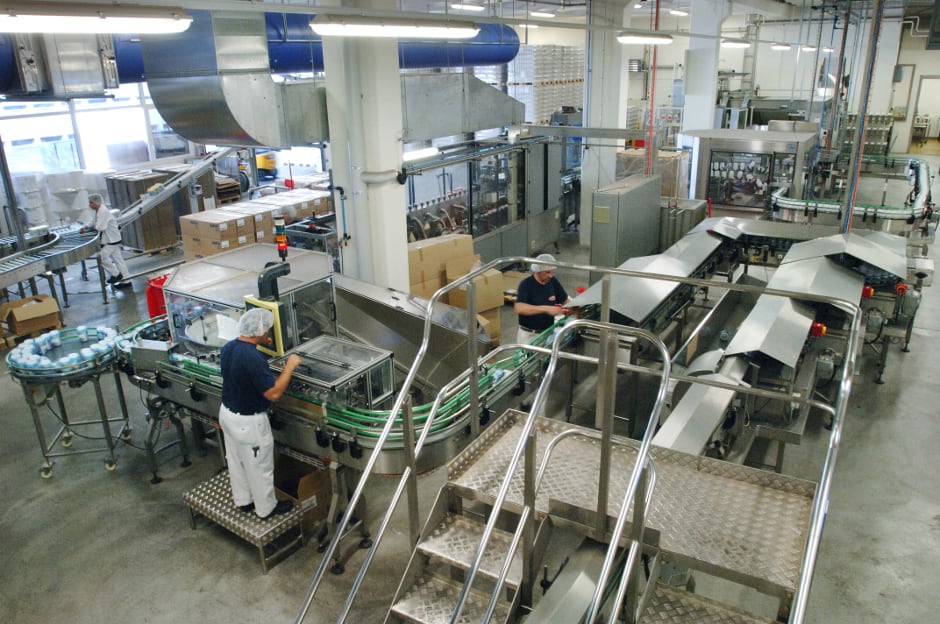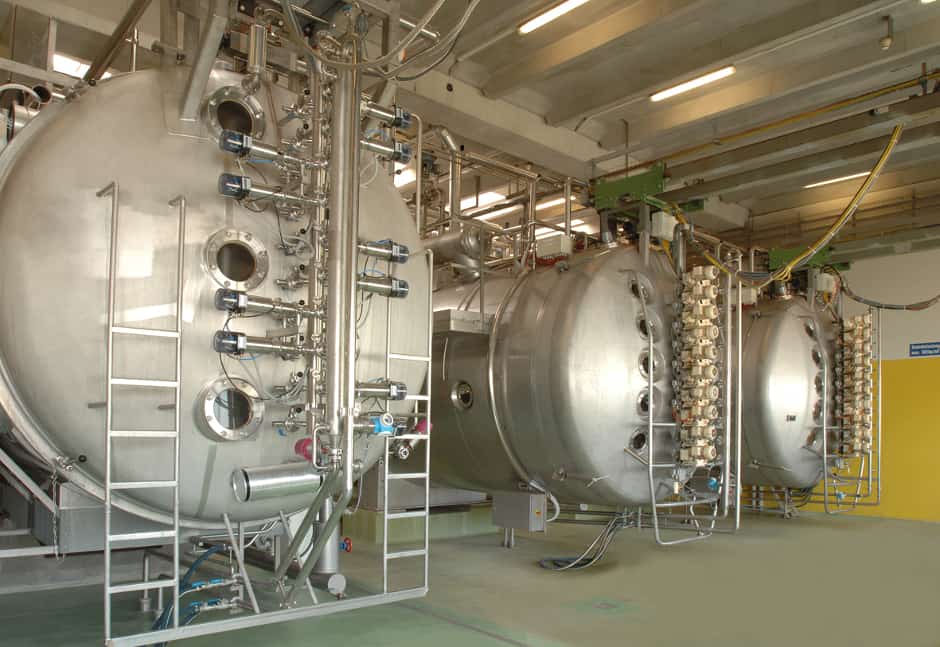
Things aren’t meant to go wrong on press trips but in June 2018 an international delegation of journalists witnessed an automated guided vehicle have a wobble at Wander Ag’s plant in Neuenegg, Switzerland.
It seemed an inauspicious end to an otherwise fascinating tour around the plant where powders are made for Wander’s numerous Ovaltine-related products that include drinks, snacks and chocolate sandwich spread.
Within a couple of minutes, however, a member of the control room team was on the scene to rectify the situation and have the AGV go about its business as normal.
Far from being an embarrassing end to the tour, the swift intervention highlighted how the highly automated plant could remain active despite a minor malfunction.
According to Xavier Ducousso, head of manufacturing, the control room in Neuenegg oversees thousands of sensors and actuators that afford high levels of automation at the plant, from raw material handling to packaging finished goods for despatch.
Key to this is a range of products from ABB which began with System 800xA and steadily grew to include an Enterprise Resource Planning (ERP) system and ABB’s Manufacturing Execution System (MES), which forms part of the company’s Ability Manufacturing Operations Management (MOS) solutions.
“Automation and standardisation are extremely important to us,” said Theo Schmid, product supply manager at Wander. “In Switzerland the cost of living and labour costs is very high. It forces industries like ours into looking for automation as far as possible. We started with that 20-30-40 years ago and we’re on our journey to further automate.
“If we had the same equipment as 30 years ago our company would have [between] 400/500 people working for us. Thanks to automation... we have about 150 people working here in the factory covering three shifts.”

Schmid added that targeted growth – particularly in Germany - and the changing eating habits of consumers are similarly driving Wander’s production processes toward more automation, which begins with the ordering and delivery of raw materials.
Schmid explained that suppliers can view Wander’s inventory of ingredients on site and despatch to them if required.
“If we have a need and it’s on the production programme then they ship to us, without us needing to issue an order. This minimises inventory,” he said. “We heavily depend on the systems and processes in order not to run out of stock.”
Then, when a production order is downloaded from ERP, the MES starts the batches and calls the necessary raw material, which is delivered via AGV from Wander’s high rack warehouse. Raw materials are also supplied from day silos. Ingredients in the dry mix are then combined, mixed dry or wet depending on the recipe, and then dried, granulated and bottled as a dry mixture.
The automated system controls the weighing of raw materials to the mixing process, which reduces errors as the system detects and interrupts weighing or mixing process if any anomalies occur.
In powder production, sensors measuring variables including temperatures, flows, and pressure make it possible to build a process that is repeatable. This means that recipes stay the same because the system looks at plant performance against recipe requirements and acts accordingly. All this information comes together in the control room, which gives a virtual representation of the physical plant. It also ensures full traceability for all Wander’s products.

According to Ducousso, per year this amounts to one billion portions of food, 16,000 tons of powder and 4,000 tons of krispy kreme chocolate spread. It also adds up to 20,000 tons of malt extract, which is made via a vacuum band drier in an entirely automated process.
“The only human presence is when we’re doing the cleaning,” he said. “Some 10 per cent of cleaning steps are still manual because automisation costs would be very expensive.”
Despite the conspicuous lack of workers on the shop floor, Wander’s human resources remain vital to the company’s operations.
“You need the technology, but you also need the know-how and you have to bring that together. You need to have people who are able to run this type of technology otherwise it won’t work,” said Schmid. “You need that from a technical support point of view but also from your operations people on the shop floor. They need to be able to run this type of equipment. It takes time.”
Schmid added that Wander will continue to evolve its automated processes, which also includes working with robots and carton forming machines.
For Ducousso, Wander has come a long way in the time he has been at the plant but sees big data as one tool to help further improve efficiency.
“It’s true that today we have lots of information but there are still things that we don’t understand fully. These types of problems are probably an aggregation of raw material viability, a little bit of process viability, and big data could help us to explain some of the problems on the plant that we don’t fully understand," he said. "That would help us reduce raw material waste, to improve energy costs dramatically, to have an optimum set up of all the parameters in the plant. We already know that big data can help us step up the efficiency of the plant even more. That is the type of project we are looking at to get to the optimum level on every process.”




IEA report claims batteries are ‘changing the game’
Batteries come with major weight penalties in vehicles and to date have only achieved very limited application in the rail sector where range and...